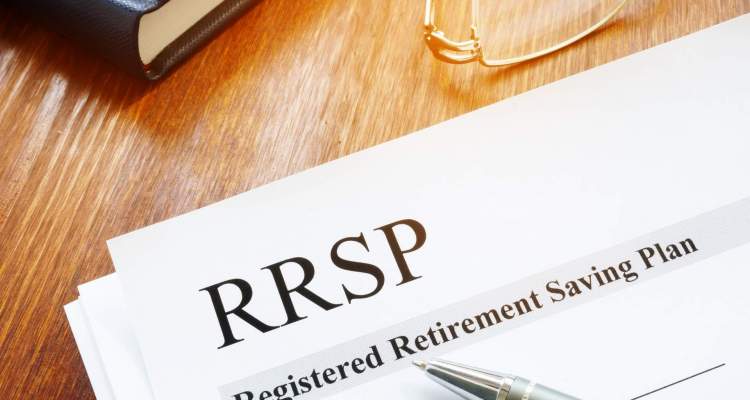
By Margaret H Johnson
T’is the season to be…..ah, um, jolly…. worried, maybe even frightened?
As the end of February rapidly approaches, we are pressured to make some important financial decisions. One of the first is: “Do we pay down our debt or save on our taxes?”
Some families may be able to do both. For the rest of us, we don’t have enough of a surplus from our family budget to do everything. Sometimes we must choose between one or the other. Which way is the correct way?
Not a simple question and there isn’t any simple answer. We weigh the pros and cons between our options and then select the alternative that best suits our individual needs.
For many others, the question is this. “Should we borrow to maximize our RRSP contributions?” This involves going deeper into debt and adding another creditor payment to our monthly payments.
Yes, we might ‘save’ a modest amount on our income tax, but people all too often minimize the difference between tax savings and tax deferrals.
RRSP contributions only defer the tax to some time into the future. You will eventually pay tax on these funds. The long-term financial plan is to pay a lesser tax when you retire and have a reduced income. That is the master plan.
The problem is that people hastily rush into borrowing from Peter to pay Paul, to get the tax break. They use up emergency savings and all of their cash reserves and then suffer later.
So the question really is, what can you afford to do? And, to answer this question we must review all of our monthly and annual expenses. We must be honest and realistic because wishful thinking can be and most often is, harmful – especially if you have to cash in some of your RRSPs and then end up with a tax liability. This happens all of the time. In fact, it would be very informative to find out how many people make it to retirement without ever cashing in any of their RRSPs.
My advice. Let your budget and income do the talking. Be very careful with borrowing for an RRSP because this increases your debt load and tells you that, for whatever reason, you’ve been unsuccessful in saving the money over the last 12 months. This kind of tells us that we can’t afford the RRSP contribution at this particular time.
A review of our household expenditures will help us make decisive decisions with our debt obligations. Can we afford all of the payments? Do we need to take action to reduce our monthly creditor payments? And, remember, interest is a cost. Depending on the type of debt, interest charges can be an anchor that slows down our ability to get ahead financially.
I am of the opinion that RRSPs are for retirement. What we contribute should be affordable even if relatively small. The important thing is we save a little for the future. Over a lifetime a little can transform into a lot.
To conclude, the question of how much to contribute to an RRSP depends upon a number of interconnected considerations – affordability, household expenditures, and existing debt obligations not just the date on a calendar (RRSP deadline is the end of February each year.)
For your information, the maximum RRSP deduction limit for 2021 is $27,830. However, if you did not use all of your RRSP deduction limit for the years 1991-2020, you can carry forward the unused room to 2021. Therefore, your RRSP deduction limit for 2021 will be more than $27,830.






